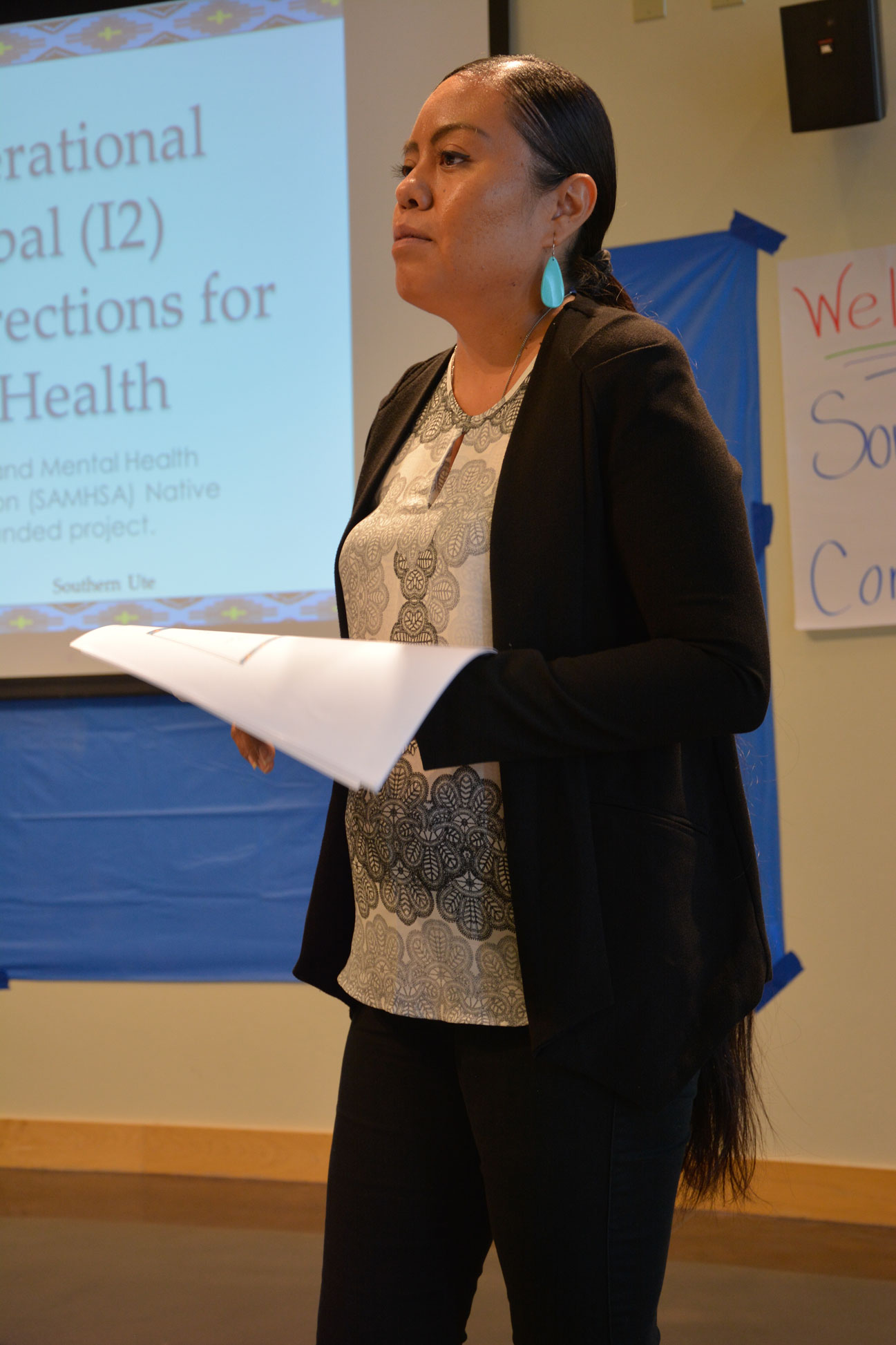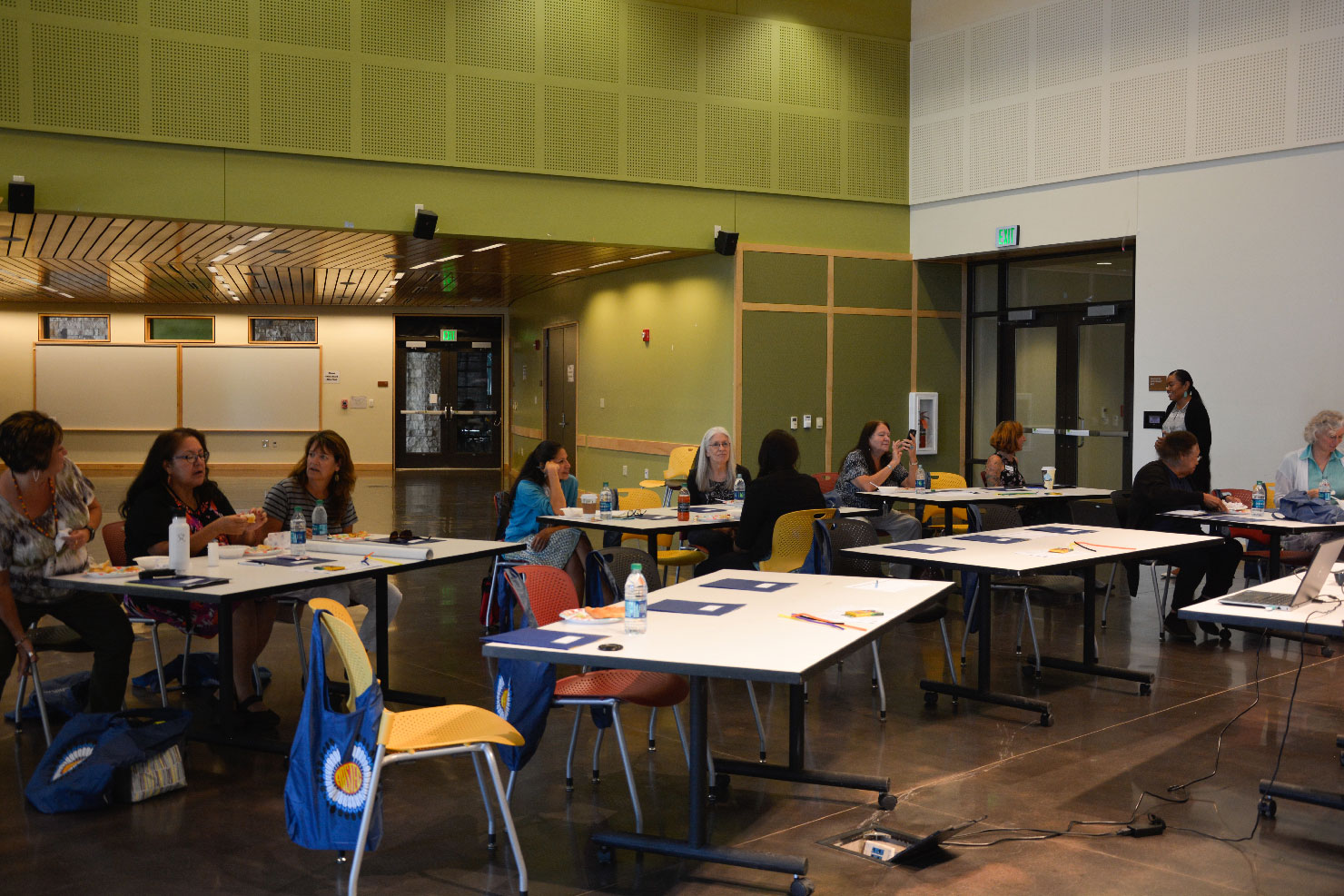Suicide rates for American Indians are four times higher than the national average. It is the second leading cause of death for American Indian youth between the ages of 15-24, according to the Substance Abuse and Mental Health Service Administration (SAMHSA). Effective ways to help prevent suicide and drug abuse include: supportive environment, clinical and community services, available timely treatment and support services. Prevention is also possible through data collection, research and evaluation. Representatives from the Albuquerque Area Indian Health Board (AAIHB): Rachel Tenario and Judith Espinoza hosted a community meeting at the Southern Ute Museum Wednesday, Aug. 23 to present 12 Positive Directions for Native Health: Community Readiness Model to take the steps to help the tribal community decrease the rates of suicide and substance abuse.
A study done by Albuquerque Area Southwest Tribal Epidemiology Center in the southern Colorado tribal area found that out of 151 high school students 37 percent of them used marijuana in the past 30 days of the survey being taken and 25 percent of 176 of middle school students. 22.4 percent of middle school students and 15.7 percent of high school students considered suicide, the rates were much higher in girls than boys. This is a serious concern, the rates of substance abuse are very high within the tribal community, and suicide rates are also on the rise.
The goal of 12 Positive Directions for Native Health, created by SAMHSA, is to decrease suicide and substance misuse among American Indian youth through age 24 whom have been impacted by trauma. The meeting was the first of many and the goal is to make a plan as a community to get the resources in place to make an impact on the suicide and substance abuse rates in the native communities. By the end of the meeting there was a community readiness model, strategic action plan and crisis response plan in the works.
Tenario believes that more community support is key. We can build confidence in our youth to heal. “We lack our teaching and time with our children and the [opportunity to instill] the pride of who we are. By teaching our youth who they are and where they come from builds confidence within them,” Southern Ute Community Response Coordinator, Evangeline Gray said. Native Youth have the highest rate of suicide and AAIHB is helping our community raise awareness with concrete ideas and leadership programs. Be on the lookout for the next community meeting that will be posted in The Southern Ute Drum for those of you who want to attend, help or give your ideas on what we can do as a community to decrease the number in suicide and substance abuse with in the tribal community. The future is in the hands of the community and if there is unity the impact will be much more than there has been in the past — a message driven home by the presenters.




